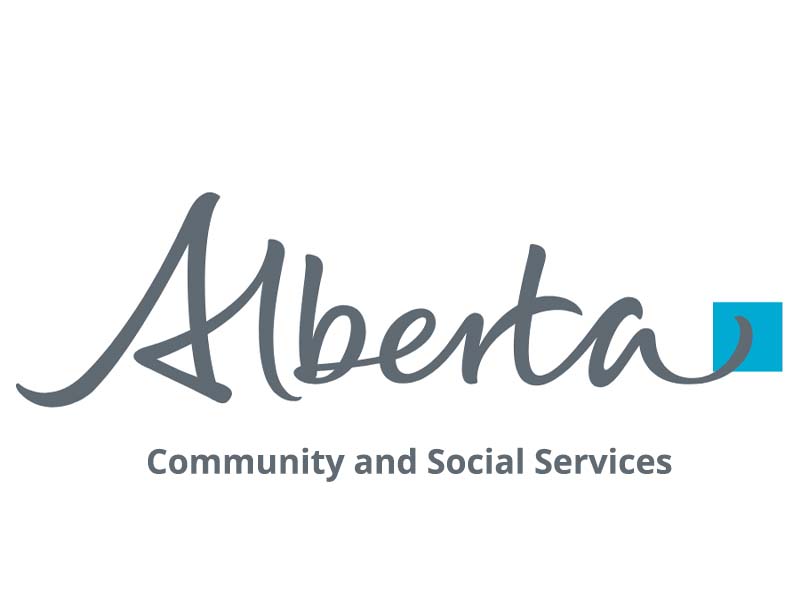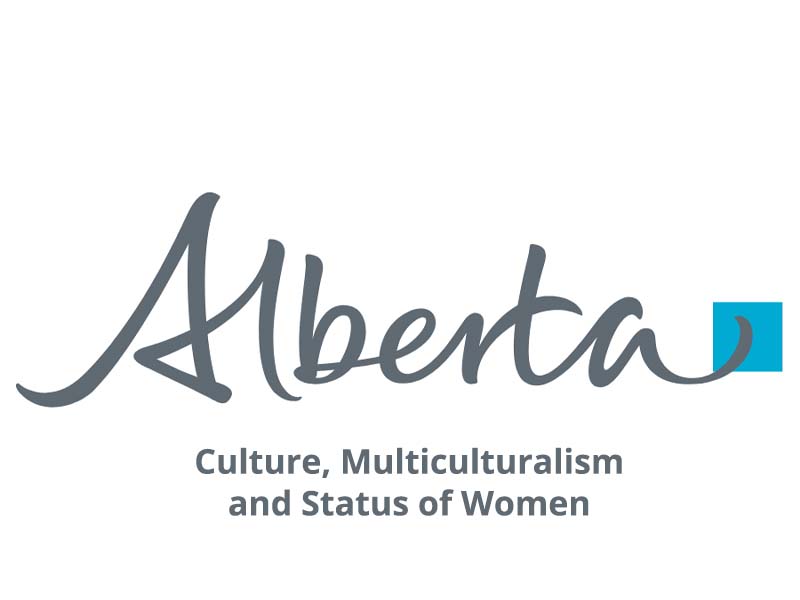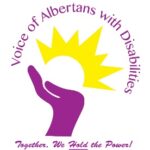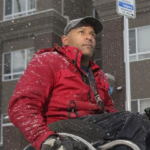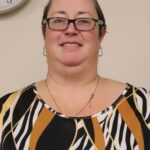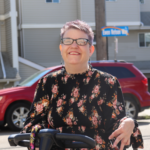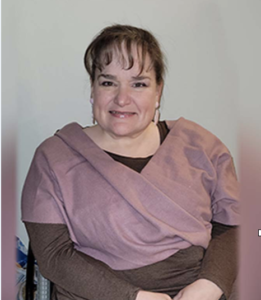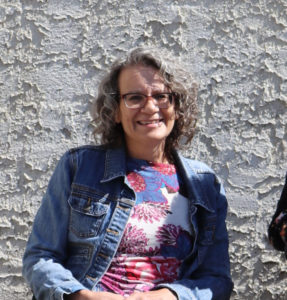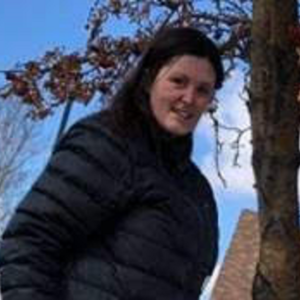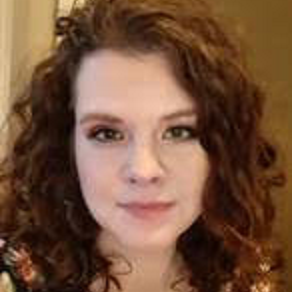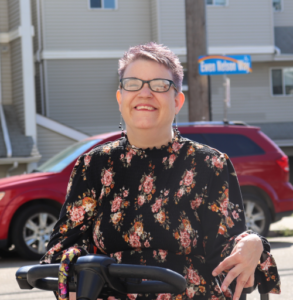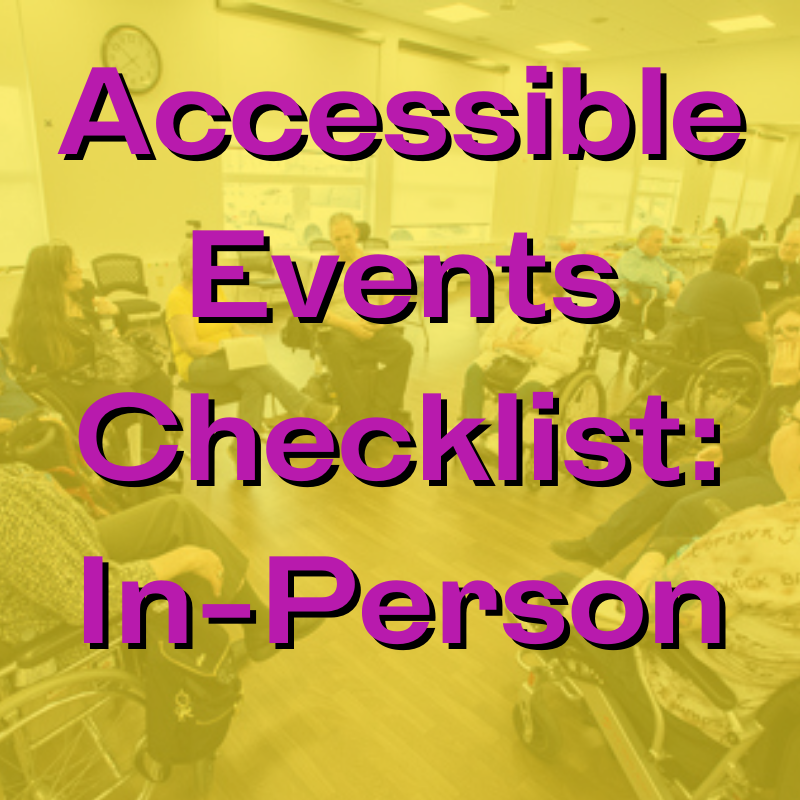
Best Practices For In-Person Events
Promotion:
- Arrange for all promotional materials (flyers, advertisements, emails, etc.) to be available in alternative formats, such as text format, Braille, large print or electronic.
- Ensure the design itself is accessible (use accessible fonts, colour contrast, etc.). Information can be found on our Social Media Accessibility Guideline
- Include an accommodation statement on your promotional materials and registration forms notifying participants that accommodations can be made for a variety of needs (e.g. visual, hearing, mobility) and informing them how to request accommodations. Things to include:
- Present the accommodations/accessibility features you will be providing
- List the accommodations people can request that you will provide
- Ask if there are other ways you can accommodate and
- Outline any barriers you’re aware of but don’t have control over.
- Here are some examples:
-
- We have made every effort to ensure the venue is accessible as possible (link to venue website). The doors to the bathrooms are not automatic and are heavy so we will have them propped open during our event for easy access. ASL and CART will be provided. Arrangements can be made beforehand to waive admission for an attendant/aide, special meal requests and/or seating preference. Please let us know if we have missed anything that would improve your access and enjoyment of this event by emailing: CONTACT INFORMATION
- If you have a disability and require accommodation in order to fully participate in this activity, please check here. You will be contacted by someone from our staff to discuss your specific needs. Please inform NAME by attaching your requirements to the accommodation form attached, email it to EMAIL HERE
- Examples of accommodations we can provide include (but are not limited to):ASL interpretation, a closed captioning cart, assistants, alternative format materials, assisted listening devices and more. Contact us at CONTACT INFORMATION
Site Selection
A site visit to the meeting or event location should be conducted well in advance to determine whether barriers to accessibility exist and how they will be addressed. This visit should be conducted even in instances where the facility is well-known in order to identify any modifications or temporary barriers. The event coordinator(s) should consider accessibility for individuals with a variety of impairments (e.g., visual, hearing, mobility) and should assess all of the different physical spaces that will be available to attendees with disabilities including:
- Accessibility/availability of parking, shuttles, and public transportation.
- Location of drop-off point for persons with disabilities.
- Accessibility of entrances and interior doorways – width, slope of ramps, presence of automatic door openers, etc.
- Accessibility of restrooms and drinking fountains.
- Navigability of corridors, doorways, and aisles – width for wheelchair/scooter access, absence of protruding objects or displays.
- Doors are easy to open or have an automatic opener (any doors that are not kept open)
- Elevators – easy access and adequate number.
- Signage – clearly marked location of accessible bathrooms, entrances, exits, etc.
- Meeting and event rooms – allow for extra room capacity & table space to accommodate wheelchairs & assistance animals, including in banquet/reception/meal areas.
- Seating – allow extra space for wheelchairs and a clear line of sight to the speaker/interpreter/captionist from an appropriate number of seats in the audience; seating for persons with disabilities should be integrated with regular seating. Don’t forget to include the table for the captionist and chairs for the ASL interpreters.
- Accessibility of dining facilities & catering (including ability to accommodate dietary restrictions).
- Toileting space for service animals.
- Accessible, appropriately equipped sleeping/bath rooms for overnight events (check our hotel room checklist here)
- Adjustable lighting.
- Good acoustics (minimal echo)
Services to provide:
We believe that all of these services should be provided at every event, whether identified at registration or not
- ASL Interpreters for presenters, if offering concurrent sessions, these are needed for each room
- CART Captioning for presenters, if offering concurrent sessions, these are needed for each room
- Hearing loops for all rooms (you can find the right one at the Canadian Hard Of Hearing Association)
- A multi-use quiet/sensory space. We suggest having a kit of soothing/fidget items for people who might be overwhelmed by the event from disability, neurodivergence or trauma. It can also double as a space for someone to pray, breastfeed, or do some personal care like checking blood sugar.
Staff:
When planning for who will be working at the event or meeting, identify individuals who are willing to serve as readers, escorts and to perform other functions related to accommodating participants with disabilities. Be sure that these individuals are included in any staff orientation and ensure that they have training on how to work with people with disabilities.
- Communicate how someone can ask for a supporting staff member.
- Ensure staff asks how they can help and not to assume.
- Staff training can be provided by VAD.
Social Functions and Meals
When planning social functions and meals:
- Include personal assistants and interpreters in the estimated number of participants at no additional charge.
- Make adequate provisions for integrated seating so that participants with disabilities are not marginalized -e.g., do not place persons in wheelchairs or those who use walkers or dog guides on the fringes of the dining area.
- If offering a buffet, have servers available to assist; buffets can be particularly difficult for persons with mobility or visual impairments.
- Easy to reach food, utensils, and drinks
- Bendable straws and cups with handles available.
- Determine the accessibility of any outside entertainment and transportation services offered to participants.
- More information about food service can be found on this ADA Guide
Presentations
The conference/meeting planner(s) should work with invited speakers and presenters to ensure that presentations are accessible to persons with disabilities. Depending on the accommodations requested, these are some of the considerations that may be required:
- Choose well-lit and easily accessible meeting rooms.
- Control background noise to the greatest extent possible.
- Choose a meeting room with good acoustics and an auxiliary sound system, if possible.
- Ask the presenter(s) to include the key points of any presentation on handouts or slides, preferably with large print and sharp, contrasting colors.
- Ask the presenter(s) to provide a copy of the presentation materials well in advance to allow for preparation of alternative format versions (large print, Braille, etc.).
- Videos to be used during the presentation should be captioned in advance.
- Ask the presenter to verbally describe any visual aids, including slides and handouts, used during the presentation.
- Check for the needs of speakers or presenters with disabilities (e.g., ramping or podium requests, accessibility of microphone at the appropriate height, a reverse interpreter, sighted guide for a person with limited vision, etc.).
- Here is a tip sheet for Accessible PowerPoint Guidelines
Emergency Evacuation
Establish an emergency evacuation plan for individuals with disabilities. Never assume that all individuals with disabilities need special help in an evacuation. Always ask before providing assistance.
Other Guides and Checklists:
Social Scripts- These are used to improve participation for autistic participants in sensory environments. From Amaze
Planning Accessible Events, so everyone feels welcome– Government of Ontario, 2016
Measuring Up: Accessible Public Events Guidelines– 2010 Legacies Now, Province of British Columbia
Still haven’t found what you’re looking for? Contact us here: accessibility contact form
 Become a Member
Become a Member login
login




